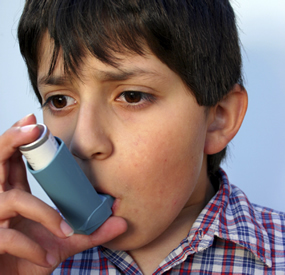June 2009
Front Matter
Training
28
Health Risks from Air Toxics
•Simply put, health
risks are a measure of the chance
that you will experience health problems.
Health risk = Hazard x exposure
•Health risk is the
probability that exposure to
a hazardous substance will make you sick.
a hazardous substance will make you sick.
•Exposure to toxic air
pollutants can increase your
health risks.
•Ambient concentrations
of air toxics are compared to
chronic exposure risk levels derived
from scientific assessments conducted
by the EPA and other environmental
agencies.

U.S. Environmental Protection Agency (2007a, b)